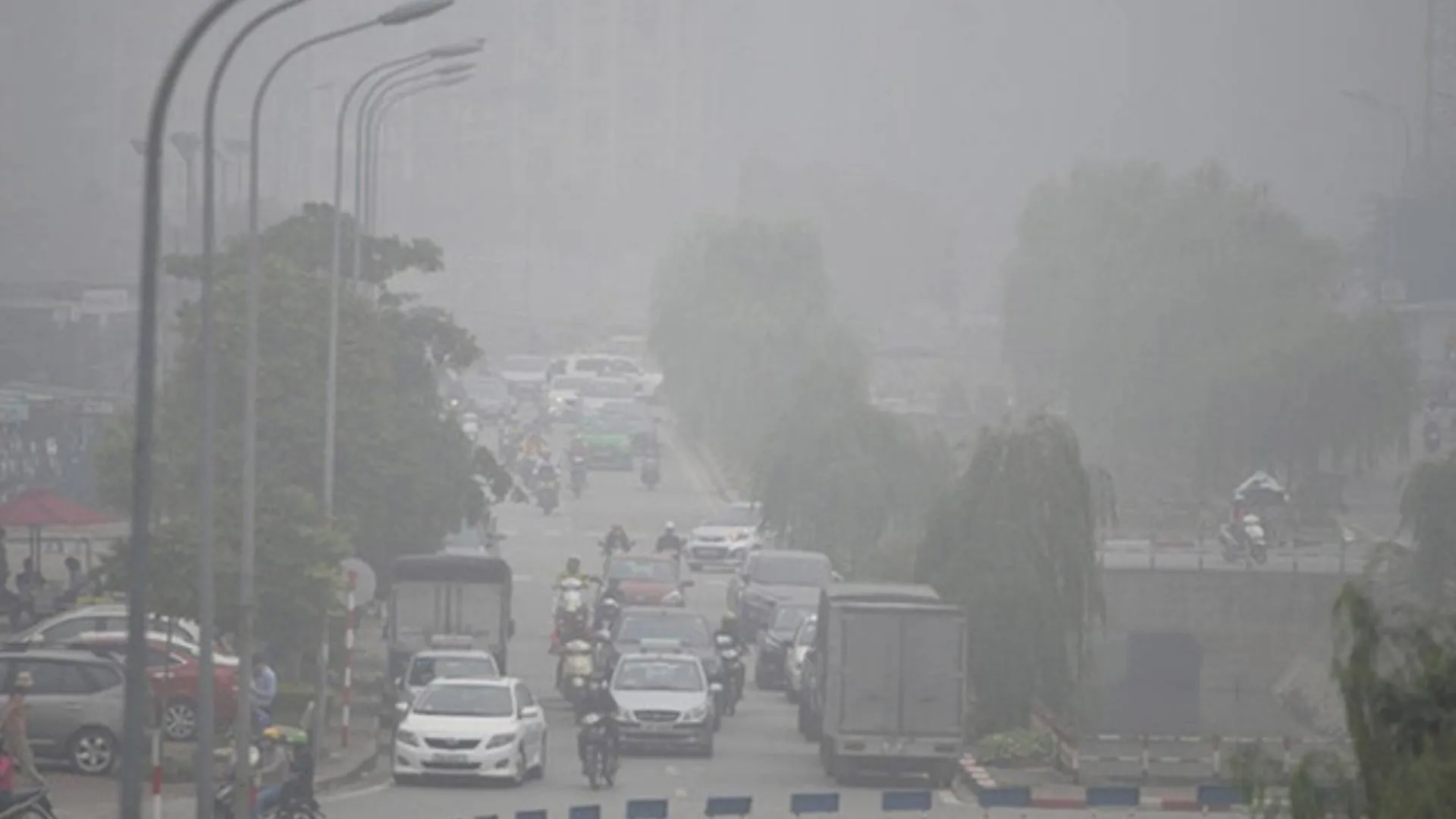Going by the latest report of Uranium occurrence in Drinking water, one may get goosebumps and may also get an answer to why their kin suffered nephritis when he/she is a teetotaller. As per World Health Organisation, Uranium concentration should be lesser than 30 ppb (parts per billion). This is surprisingly exceeding in Punjab, Haryana, Rajasthan, Uttar Pradesh, and Andhra Pradesh along with many other states across the country. As per the report “Uranium Occurrence in Shallow aquifer in INDIA” released by the Department of Water resources, river development, and Ganga Rejuvenation, Central Ground Water Board (CGWB)of Ministry of Jal Shakti, it is shocking for the ministry and suitable measures are invited to sort this issue to the priority.
What does Uranium do to the human body?
As per Dr Raja Rameshchandran, Nephrologist of PGIMER, Chandigarh, Uranium in drinking water causes Nephritis (kidney damage). The patient became dependent on regular dialysis to lead a normal life.
As per the report, Uranium is a naturally occurring radioactive metal that occurs in low concentrations in nature. It is present in certain types of soils and rocks, especially granites. This is caused by the chemical effect of uranium, rather than a radiological, even though uranium is radioactive. CGWB has taken proactive steps for monitoring uranium contamination in shallow groundwater located all across the country during 2019-20-21. A total of 14377 groundwater samples were collected from shallow wells water sources across the country which are being monitored by CGWB.
The most affected states in terms of percentage of wells found to have uranium concentration more than 30 µg/L (ppb) prescribed by WHO, are Punjab (where 24.2% of wells have been observed to have Uranium concentration more than the limit of 30 ppb prescribed by WHO), Haryana (19.6 % wells are > 30 ppb), Telangana (10.1 % wells are > 30 ppb), Delhi (11.7% wells are > 30 ppb), Rajasthan (7.2 % wells are > 30 ppb), Andhra Pradesh (4.9 % wells are > 30 ppb) and Uttar Pradesh (4.4% wells are > 30 ppb).
Apart from the above states, other states also have been found to have Uranium concentration above the threshold level of 30 µg/L in some localised pockets, such as Karnataka(1.9%), Madhya Pradesh (1.3%), Tamilnadu (1.6%), Jharkhand( 1.5 %), Chhattisgarh (1.3%), Gujrat (0.9%), Himachal Pradesh (0.8%), Maharashtra (0.3%), Odisha (0.4%), West Bengal (0.1%), and Bihar( 1.7%).
As per the officials, Atomic Energy Regulatory Board (AERB) has set a radiologically based limit for uranium as 60 µg/L (ppb) of water (radiological) in drinking water. Based on that the most affected states are Punjab (where 6.0% wells > 60 ppb), Haryana (4.4 % ), Telangana (2.6 % ), Delhi (5.0 % ), Rajasthan (1.2 %), Andhra Pradesh (2.0 %), Chhattisgarh (1.1%), Tamilnadu (0.9%), Karnataka(0.7%), Madhya Pradesh (0.6%), and Uttar Pradesh (0.4%) and Jharkhand(0.25%). 6. It has been found that 151 districts in 18 States are partly affected by high (>30ppb) concentrations of Uranium in groundwater.
Officials of AERB further explained that for water contaminated by uranium, coagulation, precipitation, evaporation, extraction, and membrane separation or Reverse osmosis technologies are used to eliminate most Uranium from the water. Water containing low amounts of uranium is usually safe to drink.























